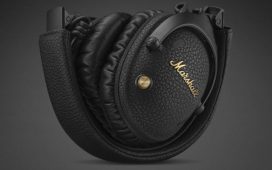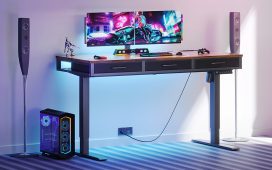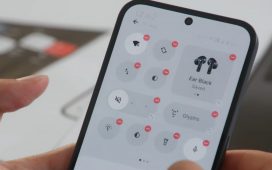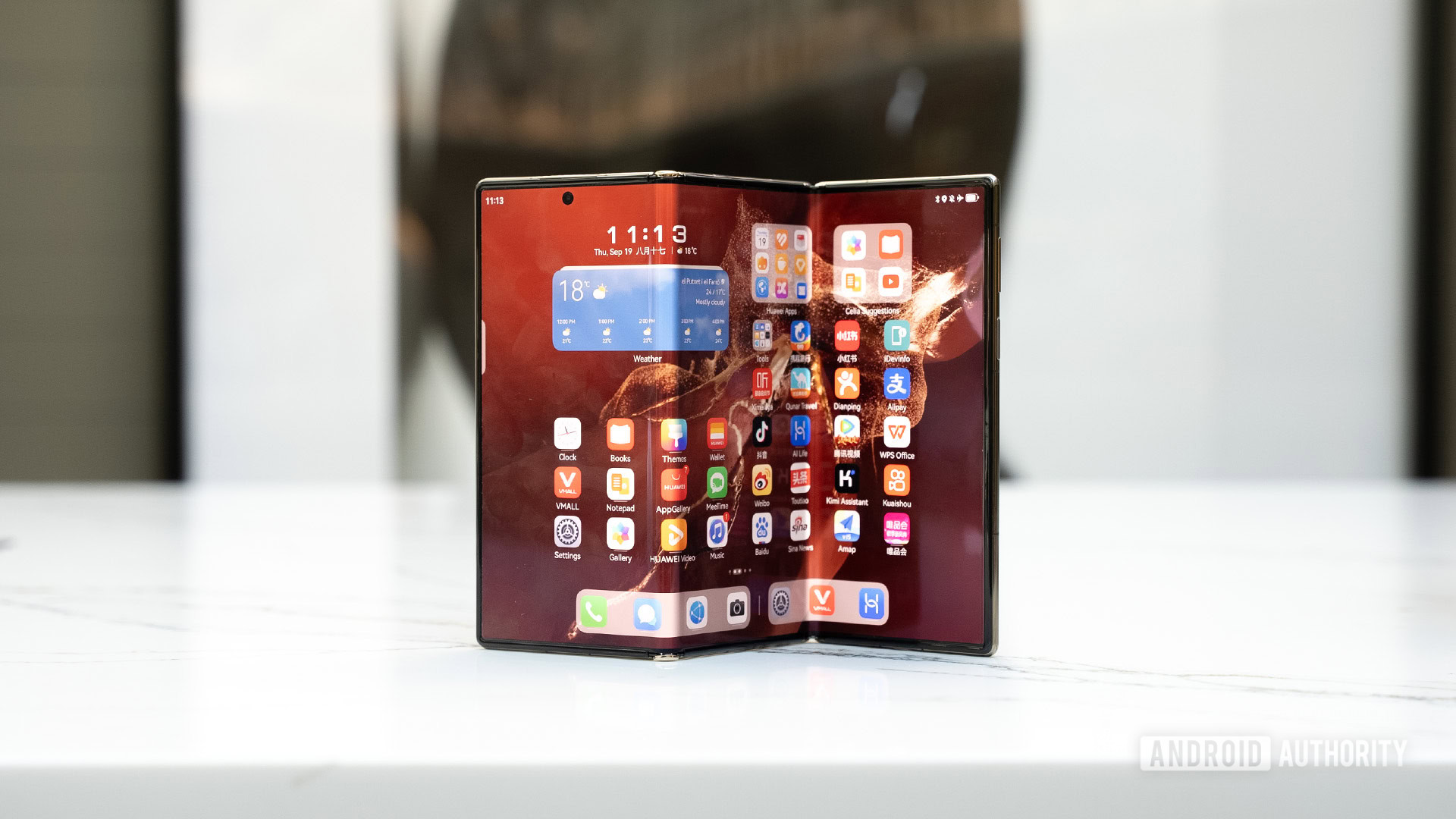
Paul Jones / Android Authority
I’m in a fortunate position where I get to check out almost every Android phone launched in the US. If it came out of Samsung, Google, Motorola, or OnePlus in the last few years, I’ve probably taken it for a spin. However, I’m also constantly reminded that I only get to use a tiny sliver of the overall Android ecosystem. I get to watch OPPO, HUAWEI, Nothing, and more launch inventive Android phones, knowing I won’t have the chance to use them properly on a US-based carrier.
On one hand, that’s a bummer — no doubt about it. I would love to pop my SIM into some of the latest Leica-tuned camera phones or pick up a foldable that opens not once but twice. On the other, I keep hoping that some of the phones launched internationally will influence those launched in the US, and sometimes they do. Here are some of the best Android phones that never quite made it to the US.
OPPO Find N2
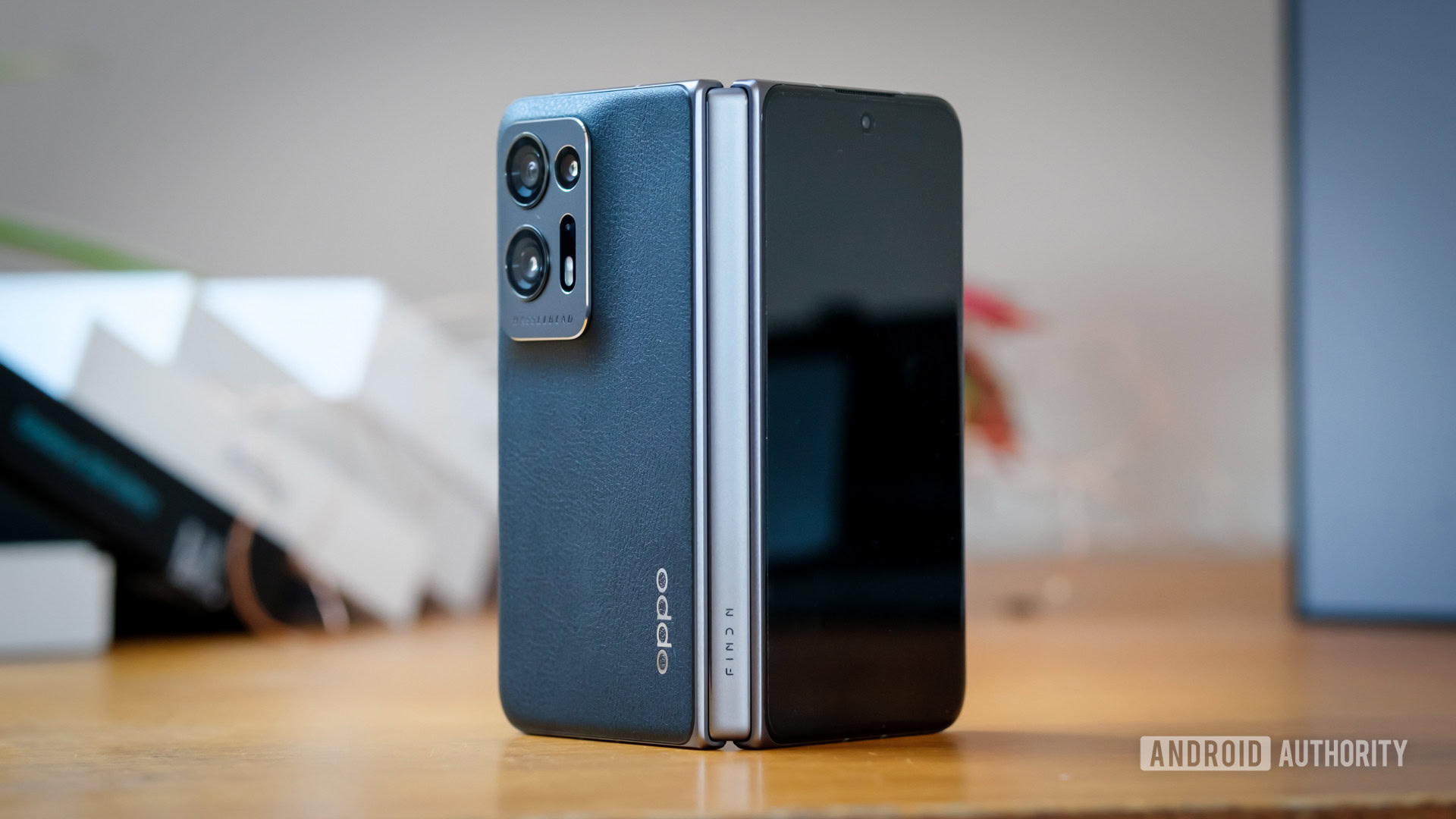
Robert Triggs / Android Authority
Up first is a phone I wish came to the US, perhaps more than any other. I know I already have quite a few book-style foldable phones to choose from, but OPPO’s Find N and Find N2 always found a special place in my heart. I like a smaller Android phone, but I also like a foldable one, and OPPO’s stout, passport-like design felt like the best of both worlds. Mix in the camera bump that seems to melt into the vegan leather back, and I was more than a little bit jealous of my colleague Rob Triggs, who got to spend time with the Find N series.
Admittedly, I don’t have enough experience with OPPO’s flavor of Android to know if I would enjoy using the Find N2 overall, but that’s part of why it made this list in the first place. However, I would have enjoyed using the 5.54-inch external AMOLED and 7.1-inch internal AMOLED panels largely with one hand. Based on the current experience of OnePlus’ Hasselblad-tuned cameras, I probably would have enjoyed the trio of rear cameras, capped off by a 50MP primary sensor.
But, while I’m sad to see the Find N2 never make it to the US, this is one of the phones whose influence is most easily felt. Google copied a similar size and shape for its original Pixel Fold — a size I still prefer to the larger Pixel 9 Pro Fold — and OnePlus essentially rebadged its successor, the Find N3, and brought it over as the OnePlus Open. OnePlus, of course, has a different overall Android experience, but the Open did combine one of the better solutions to multitasking on a foldable with perhaps my favorite camera on a foldable, making me want the Find N2 that much more.
Redmi Note 12 Pro Plus
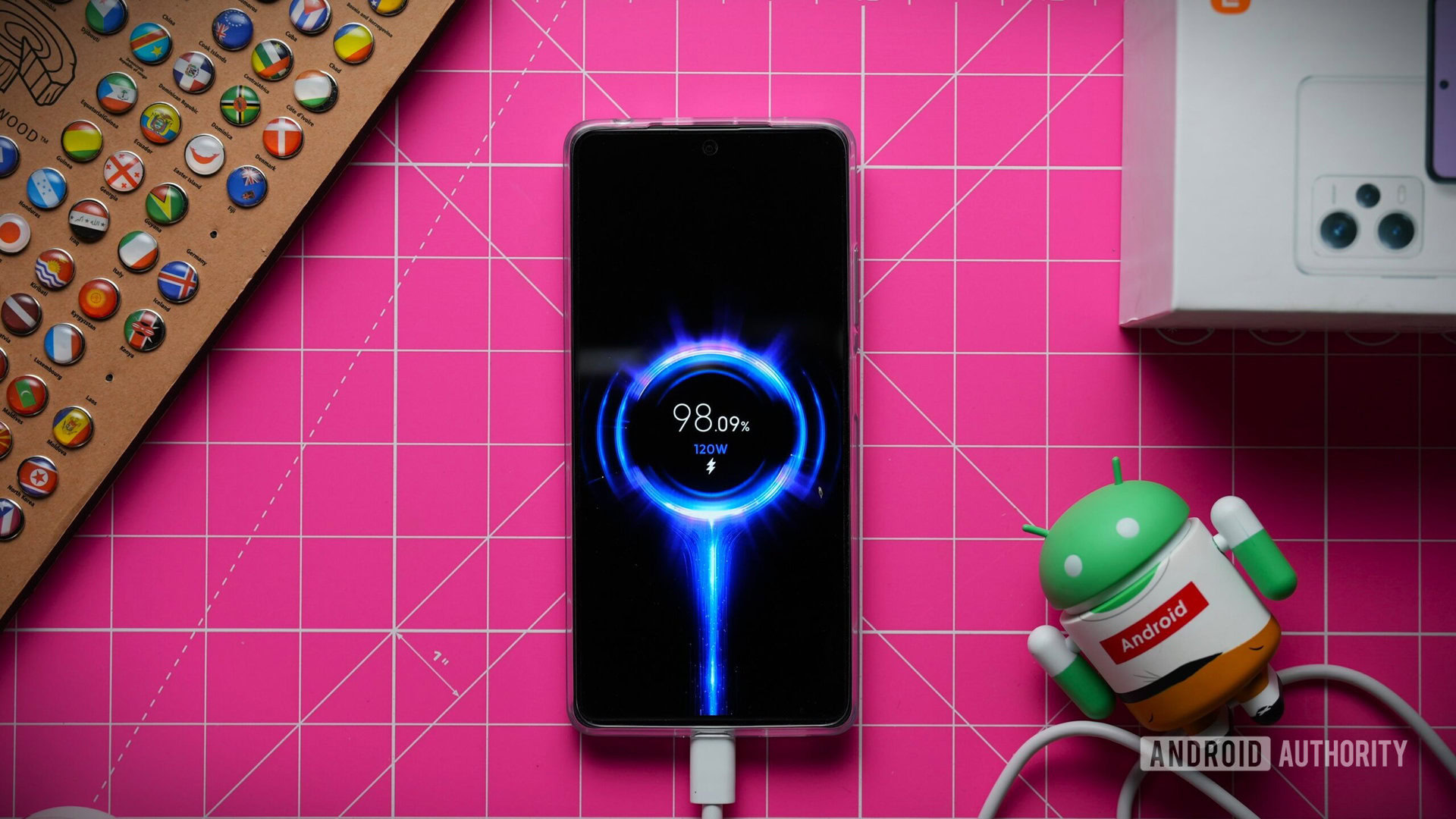
Adam Birney / Android Authority
From the foldable to the affordable, there’s something to be said for Redmi’s dedication to its Note lineup. When I asked my colleagues for advice on phones they liked that I never saw in the US, several chimed in with support for the Redmi Note. Not necessarily the Note 12 Pro Plus, but several versions dating back to the Note 7 and the Note 3 before it. I opted for this model instead, partly because I got to use the Note 12 Pro Plus for a day or two before sending it off for a more complete review.
On paper, it has many of the right specs for a phone meant to compete with the best. It pairs a smooth 120Hz refresh rate with a crisp 6.67-inch AMOLED panel and houses a sizable 5,000mAh battery beneath it. Of course, that doesn’t sound too exciting compared to most flagships, but you have to remember that the Redmi Note 12 Pro Plus launched for around $400. Add 120W wired charging to the setup, and there’s a lot of value for not much money.
Of course, even during my short time with the Note 12 Pro Plus, there were a few things I didn’t love about it. It came with Android 12 right out of the box (which was already outdated), and Redmi’s MIUI 14 interface was pretty heavy with bloatware, knocking it down from our favorite Android skins. I also would have liked a more durable IP rating, as IP53 is just alright. Despite its flaws, Redmi’s Note series as a whole deserves its place on this list. Compared to several US-based budget Android phones, it’s pretty easy to see where Redmi comes out in front.
Xiaomi Pocophone F1

And now, to go even further back in time, I still think that Xiaomi’s original Pocophone F1 is one of the most influential budget phones that did not reach the US. Like the Redmi Note series, the original Pocophone F1 was all about offering a good mix of power while holding onto features that were starting to disappear at the time, like a headphone jack, expandable storage, and a capacitive fingerprint reader that sat just below the cameras on the back panel.
Xiaomi’s first POCO-branded spinoff was impressive under the hood, too. It paired a once-flagship-grade Snapdragon 845 chip with up to 8GB of RAM and 256GB of expandable storage. And yes, Qualcomm’s Snapdragon 845 was already a few years old by the time the Pocophone F1 hit the market, but it was still more than capable when packed into a $350 device.
Perhaps the real reason the Pocophone F1 deserves its place on this list is what it led to. Xiaomi has since spun POCO into a standalone brand, expanding into several smartphone lines like the X Series and M Series, and yes, the F Series is still around.
HUAWEI Mate 20 Pro
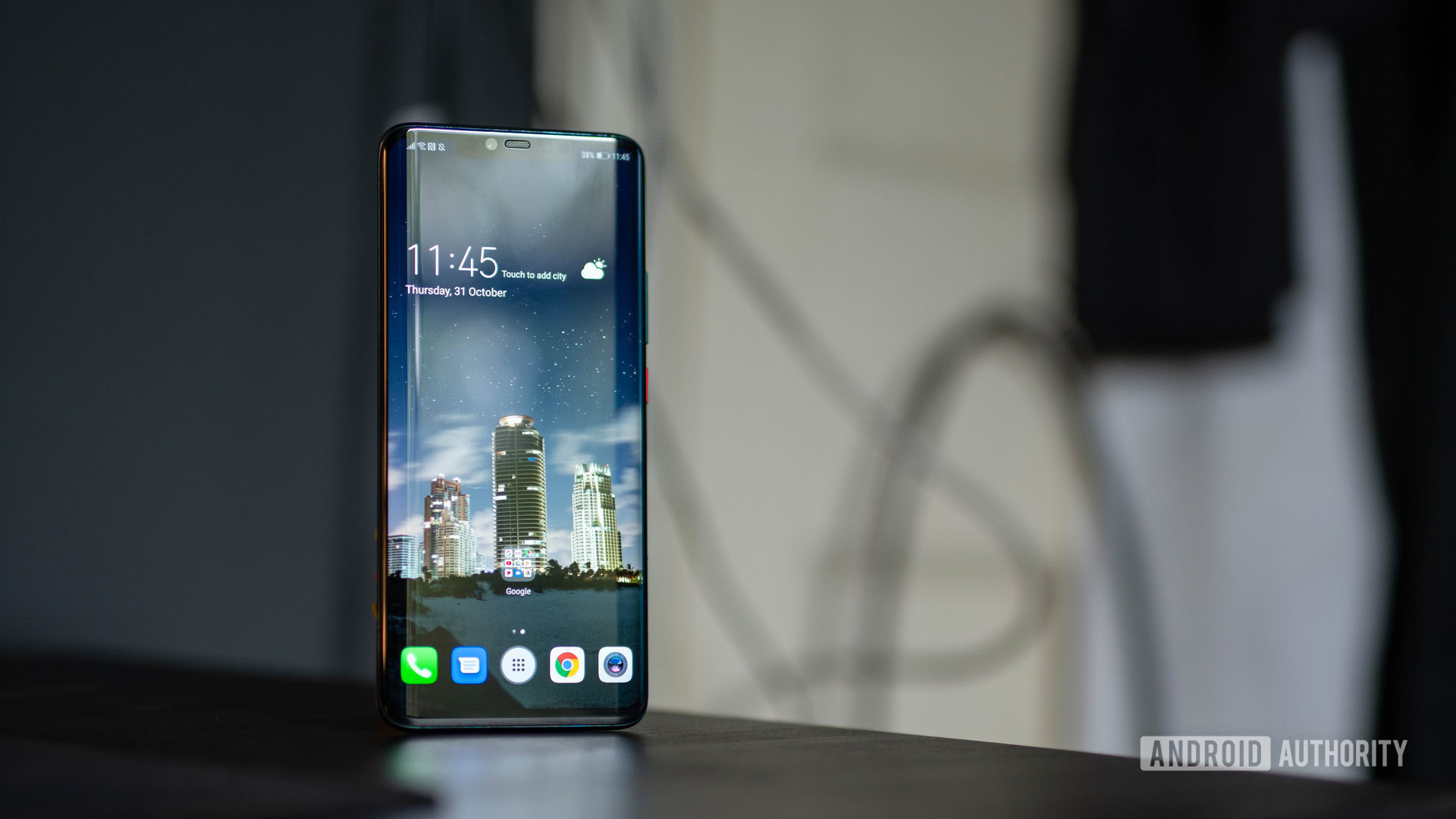
Let’s stay in 2018 for a bit longer, but this time, we’re swapping the budget market for the flagship one and heading to HUAWEI for the first time. I could have picked almost any of HUAWEI’s recent launches thanks to its continued ban from the US, but I decided on one of the first to be impacted by the ruling. After all, we’re used to the absence of HUAWEI in 2024, but we certainly weren’t when the ban first went into effect. The Mate 20 Pro felt like a phone we could almost have, but it was just out of reach.
It’s not just the recency of the ban that made the Mate 20 Pro feel obtainable, either. It launched with access to the Play Store and other Google services, making it technically usable if you could get your hands on one. At the time, we were even pretty impressed with the overall design, which combined a Samsung-like waterfall display with an Apple-like notch while putting the trio of camera sensors in a central-mounted camera bump.
But, while the Mate 20 Pro had to live in a weird no man’s land of Android support, the effects of HUAWEI’s premium design can still be felt in several other modern devices. We’ll come back to the company’s adventurous approach to foldables in a little while, but you can feel its impact in some former HUAWEI sub-brands, too.
HONOR Magic V3
HONOR is one of those sub-brands that keeps trying to live up to HUAWEI’s impressive hardware. In the last few years, it’s grown from the budget wing of the HUAWEI company to a standalone brand that makes remarkable flagships and foldable phones. One is the brand-new HONOR Magic V3, a paper-thin foldable phone with a unique octagonal camera bump.
Yes, I know the Magic V3 is still fresh on the market, but let’s face it — it’s not coming to the US. As much as I would like a book-style foldable phone that sits at just 9.2mm thick when closed, it’s unlikely to directly challenge the likes of the Pixel 9 Pro Fold or Samsung Galaxy Z Fold 6 anytime soon. If it did, though, its 5,160mAh battery and 66W wired charging would outperform them, only coming up short of the OnePlus Open’s 67W wired speeds for competition.
Everything else about the Magiv V3 sounds like it could take on US-based foldables, too, with a truly variable 1-120Hz refresh rate, an impressive 5,000 nits of peak brightness, and support for the HONOR Magic Pen. All you’d have to do is decide how you feel about HONOR’s MagicOS, which still has Google services and AI-powered features like a photo editing eraser but comes tied down with some of the bloatware we’ve come to expect in China-based launches.
Xiaomi 14 Ultra
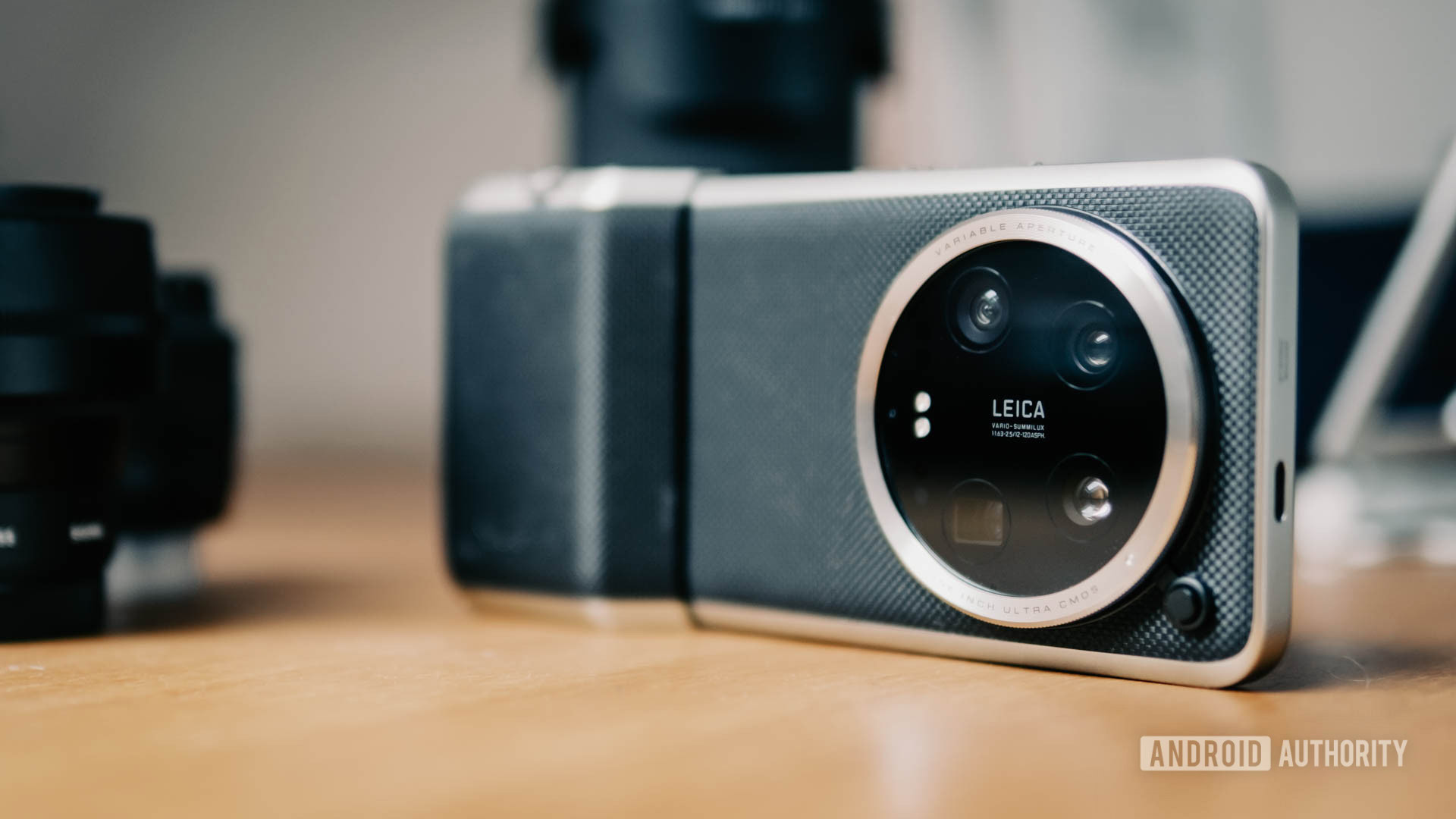
Robert Triggs / Android Authority
Another trend among Android phones that never made it to the US is camera bumps — massive camera bumps. It’s to the point where several recent launches have camera bumps that are the size of the bottom of a soda can, but you can’t argue with the results — they’re among the best camera phones you can buy. The previous HONOR Magic V3 was a good example, and Xiaomi’s last two Ultra-branded flagships make the cut, too.
This time, we’re looking at the Xiaomi 14 Ultra, a camera with a phone on the back. It has not one but four 50MP sensors, capped off by a one-inch equivalent sensor with a variable ƒ/1.6-4.0 aperture. Of course, the thing you’ll probably notice about the back of the Xiaomi 14 Ultra — at least in the shot above — is the removable camera grip. It essentially takes what would feel like a massive, top-heavy smartphone, making it more comfortable to hold like a portable mirrorless camera. The grip attaches directly to your phone’s USB-C port, giving it a physical shutter button, adjustable zoom wheel, and a dedicated button to start recording video.
Now, I won’t say we’ve never had something like a camera with a phone on the back in the US, but it’s been a while. The last one I could think of to take up such a drastic design was Samsung’s Galaxy S4 Zoom, created several years ago.
In addition to the ambitious camera setup, the Xiaomi 14 Ultra is an impressive phone, too. It has everything you’d expect from an early 2024 flagship, pairing Qualcomm’s Snapdragon 8 Gen 3 chipset with up to 16GB of RAM and a full 1TB of storage. Back that up with a 5,000mAh battery (5,300mAh in China) and 90W wired charging, and not much is out of reach for the Xiaomi 14 Ultra.
Nothing Phone 1
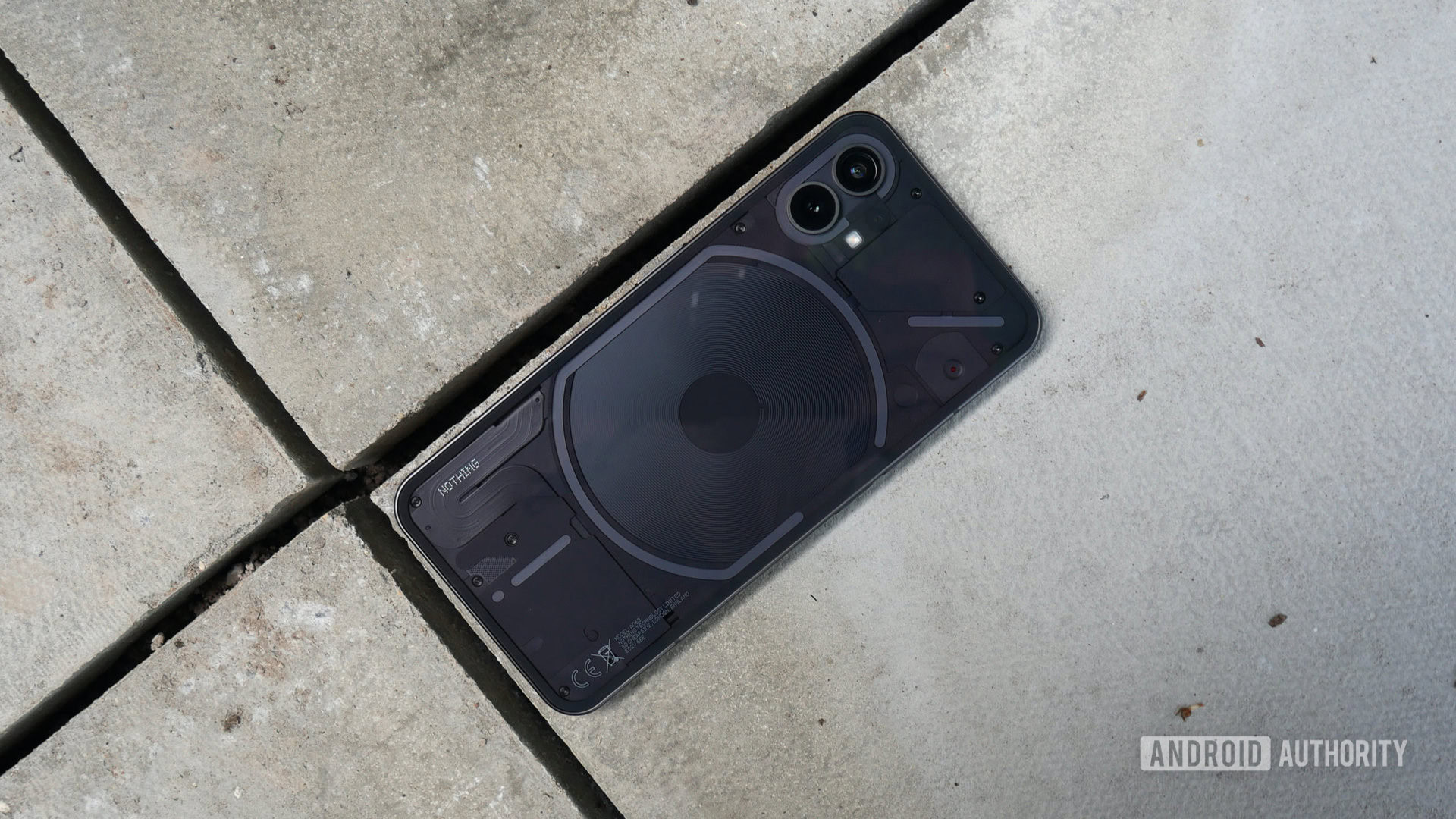
Oliver Cragg / Android Authority
I have to get a little bit technical with this next pick. Yes, I know that you could briefly buy the Nothing Phone 1 in the US as part of a beta program, but it didn’t last very long, and the experience on most major networks (Verizon and AT&T) wasn’t very good. Anyway, we were still pretty impressed by the Nothing Phone 1 when we tested it out across the pond, and there’s no denying that it’s a phone that’s at least trying to look different.
Like many phones on our list, the Phone 1 introduced us to what Nothing could do as a new brand from Carl Pei, of OnePlus fame. It made transparent phones cool again, leading to a whole host of copycat cases from brands like Spigen and skins from dbrand. The Nothing Phone 1 also launched the company’s light-up Glyph Interface, which essentially turns the back of your phone into a light show when a notification comes in or if you just decide you want to listen to music.
And yes, I could probably have picked the Nothing Phone 2 for this list, a device that did launch in the US, but there’s something about the original Phone 1 that just felt a bit more special. Both phones share similar designs, almost identical cameras, and nearly matching batteries, with the Phone 2 even picking up more LEDs in its Glyph Interface, but it essentially felt like a second bite at the same apple instead of a shiny new launch.
Unfortunately, the Nothing Phone 2a and 2a Plus went right back to a confusing launch, only coming stateside as part of the same beta program as the Phone 1.
Vivo X100 Ultra
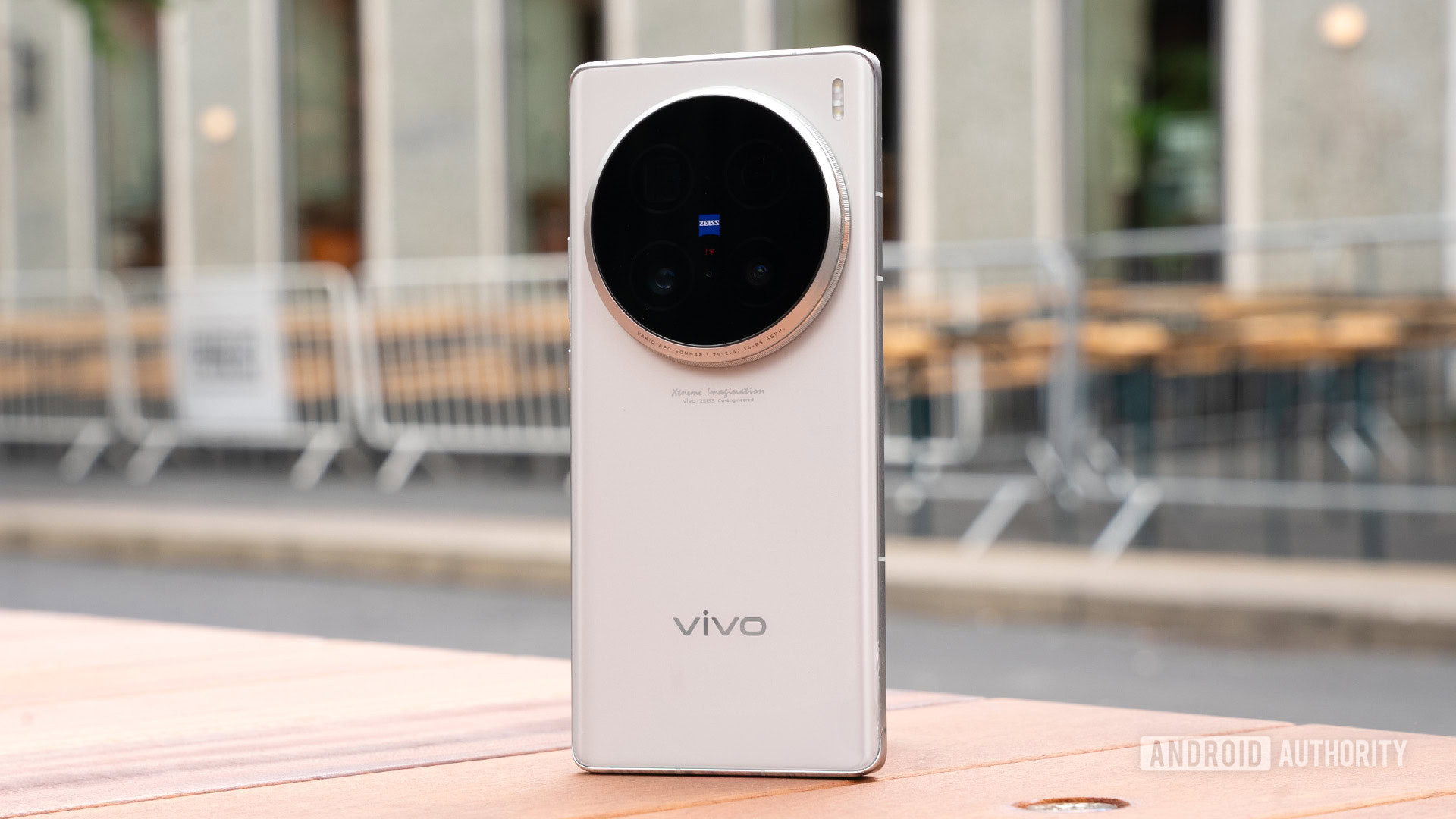
Paul Jones / Android Authority
Remember when I said that big camera bumps are in fashion right now? Well, it’s not just Xiaomi jumping on the trend and vivo might have a camera bump big enough to make the Xiaomi 14 Ultra blush. Its X100 Ultra has an absolutely massive disc on the back of its 6.78-inch display, housing a trio of unique sensors. While most Android camera phones pack the most megapixels into their primary sensors, vivo went for a 200MP periscope telephoto and gave it all the bells and whistles like multi-direction PDAF, OIS, and 3.7x optical zoom.
That’s not to say vivo’s other cameras are slouches, though — you also get 50MP wide and ultrawide sensors with another 50MP selfie camera around the front. Like almost every other device on this list, it’s a flagship phone with a jam-packed spec sheet and another one that doesn’t seem bound for the US. Instead, I have to sit and watch another Snapdragon 8 Gen 3 device launch with a beefy 5,500mAh battery and 80W wired charging.
Of course, part of watching these impressive flagships launch involves hoping that a popular OEM in the US will follow suit. Given its close relationship with OPPO, it usually seems like OnePlus has the best chance, but someday, I’d like to see Motorola or even Samsung be a little adventurous with a bigger camera bump and unique sensor setup.
HUAWEI Mate XT
We have time to gush over one more foldable phone that didn’t make it to the US, and this time, it’s a special one. We’re back to HUAWEI for the first double-folding foldable phone, the Mate XT. Like the Magic V3, it’s still pretty much a brand-new phone, but due to the ban on HUAWEI devices that I mentioned above, it’s pretty safe to say that this one is not coming to the United States. As much as I would like a foldable that quite literally turns into a tablet, I don’t think this will be the one I get my hands on.
It’s a bummer, too, as I’d like to try the Mate XT’s three display layouts for myself. Of course, you start with a 6.4-inch OLED on the front before opening it once to reveal a 7.9-inch display. Unfold it again, and you have a full 10.2-inch tablet in your lap. Unlike US-based foldables, which typically have a front-facing display and an internal one, the Mate XT has just one massive display, meaning you never need to worry about fingerprints on the backside. There are, of course, a few limitations to such a large, complex panel, with the Mate XT topping out at a 90Hz refresh rate.
Under the hood, the Mate XT is HUAWEI right to its core. It runs on HarmonyOS with a Kirin 9010 chipset to keep the lights on and stretches a 5,600mAh battery across its three segments. While I don’t think HarmonyOS has much chance of supplanting Pixel UI in my heart, I’d like to try the Mate XT — even if I shudder to think about its potential repair costs.
LG G6
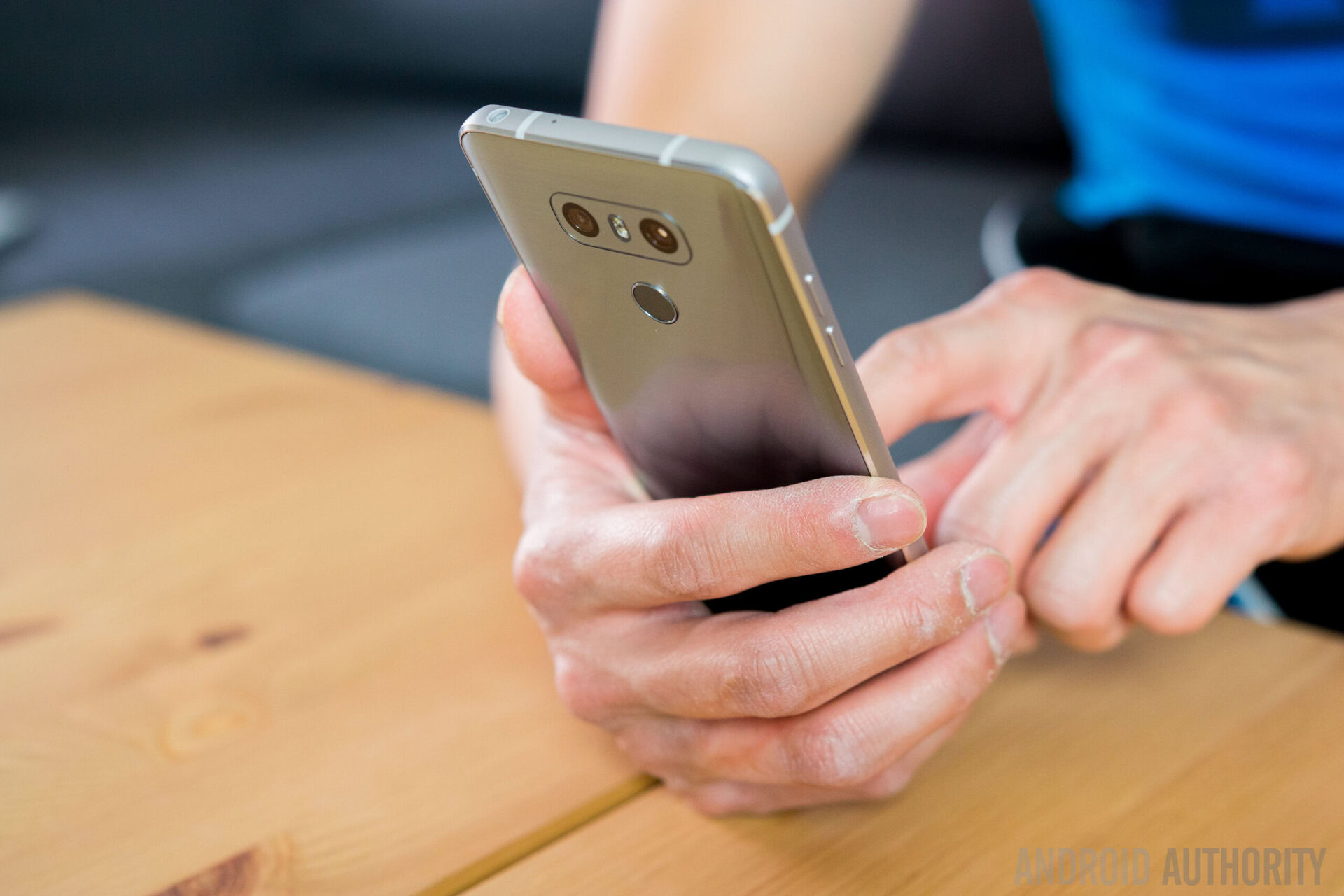
And finally, an Android phone that you could get in the US back in the day — well, a version of it. When LG introduced the G6 — immediately after giving up on its modular Friends accessories — it did so with a few different versions depending on where you lived. In the US, for example, we got a version that featured 5W wireless charging. It was a nice touch at the time, but there’s not much to get excited about with such a low wireless charging speed.
In fact, the LG G6 I would have preferred to launch in the US was the Korean version. That model skipped out on its wireless charging but replaced it with a Quad DAC, which essentially supercharged the headphone jack on the LG G6. There’s a lot of nerdy stuff that I could get into as far as how LG’s setup worked back in the day, but it basically passed an audio signal through four sub-DACs instead of one, allowing each one to work less but ultimately put out a better signal than a single DAC could match.
I guess it could have been worse — some markets got an LG G6 without either perk. That meant no wireless charging — slow as it was — and no upgraded audio processing, just a G6 with two cameras and a rear-mounted fingerprint reader.
Of course, I have to remember that I still get access to some of the best Android phones that launch each year. As much as I would like some of these global launches to make their way to the US, I can at least hope they influence Google Pixel and Samsung Galaxy launches in years to come — a guy can hope, right?

